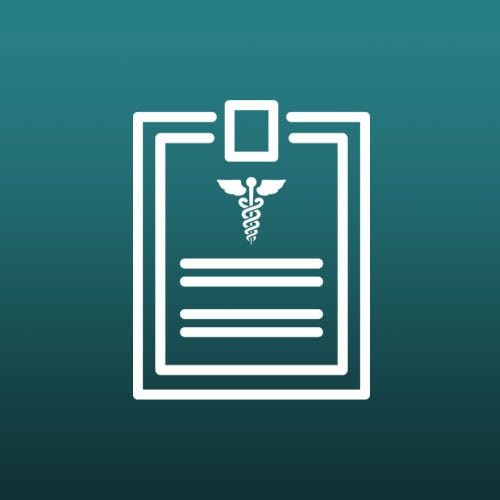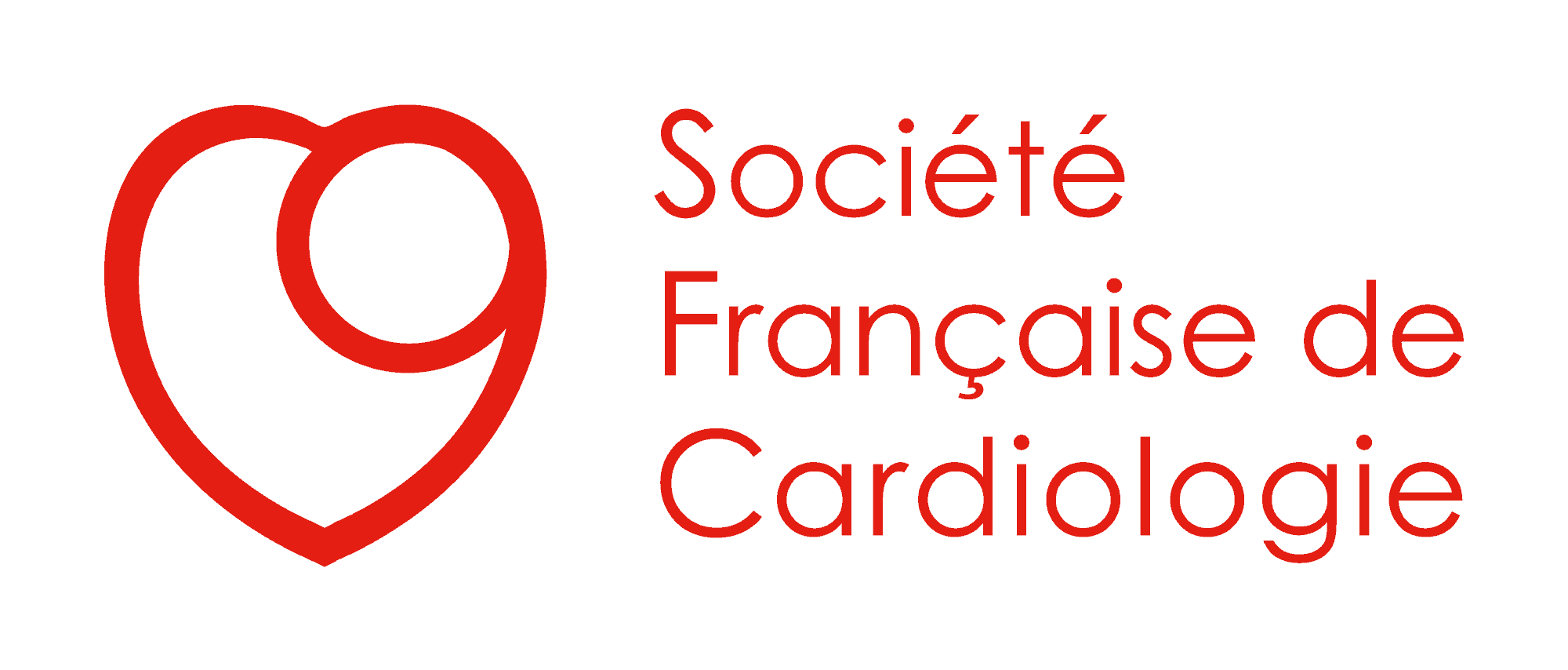Suivez-nous sur les réseaux sociaux !
Découvrez les propositions des experts de la SFC émises à partir d’une revue de la littérature et de leur expérience, autour de sujets d’actualité n’ayant pas fait l’objet de recommandations précises.
Voici un aperçu rapide des sujets abordés dans cette publication :
Dernières publications
Publications
Expert consensus on reperfusion therapies in pulmonary embolism
Voici un aperçu rapide des sujets abordés dans cette publication :
Consensus d’experts du Groupe USIC de la SFC sur la reperfusion dans l’embolie pulmonaire
Clément Delmas, Nadia Aissaoui, Nicolas Meneveau, Helene Bouvaist, Hervé Rousseau, Etienne Puymirat, Marc Sapoval, Erwan Flecher, Guy Meyer, Olivier Sanchez, Costantino Del Giudice, François Roubille, Laurent Bonello
Summary
Acute pulmonary embolism is a frequent cardiovascular emergency with an increasing incidence. The prognosis of patients with high-risk and intermediate-high-risk pulmonary embolism has not improved over the last decade. The current treatment strategies are mainly based on anticoagulation to prevent recurrence and reduce pulmonary vasculature obstruction.
However, the slow rate of thrombus lysis under anticoagulation is unable to acutely decrease right ventricle overload and pulmonary vasculature resistance in patients with severe obstruction and right ventricle dysfunction. Therefore, patients with high-risk and intermediate-high-risk pulmonary embolism remain a therapeutic challenge. Reperfusion therapies may be discussed for these patients, and include systemic thrombolysis, catheter-directed therapies and surgical thrombectomy. High-risk patients require systemic thrombolysis, but may have contraindications as a result of the high risk of bleeding. In addition, intermediate-high-risk patients should not receive systemic thrombolysis, despite its high efficacy, because of prohibitive bleeding complications. Recently, percutaneous reperfusion techniques have been developed to acutely decrease pulmonary vascular obstruction with lower-dose or no thrombolytic agents and, thus, potentially higher safety than systemic thrombolysis. Some of these techniques improve key haemodynamic variables.
Cardiac surgical techniques and venoarterial extracorporeal membrane oxygenation as temporary circulatory support may be useful in selected cases. The development of pulmonary embolism centres with multidisciplinary pulmonary embolism teams is mandatory to enable adequate use of reperfusion and improve outcomes. We aim to present the state of the art regarding reperfusion therapies in pulmonary embolism, but also to provide guidance on their indications and patient selection.
Keywords
- Pulmonary embolism
- Thrombolysis
- Thrombectomy
- Catheter-directed therapy
- Reperfusion
Table of contents
- Background
- PE risk stratification
- State of the art reperfusion therapies
- Expert opinions
- Conclusions and perspectives
Date de mise à jour du document : Novembre 2020
© 2020 Elsevier Masson SAS. Tous droits réservés.
Document validé par la Commission Documents de Consensus
Cette commission de la SFC a pour objectif de superviser et contrôler la préparation des documents scientifiques ou d’autres documents tels que les consensus d’experts ou prises de position.
Partagez cet article :
Partagez cet article :
Written by : SFC
Plus de publications de la SFC

CARDIOLOGIE PÉDIATRIQUE Cardiac Conduction Disorders Due to Acquired or Genetic Causes in Young Adults: [...]

Article du Collège des Paramédicaux de la SFC | Avril 2025 Séverine Godinot - [...]



